
The Rijksmuseum is the national museum of the Netherlands dedicated to Dutch arts and history and is located in Amsterdam. The museum is located at the Museum Square in the borough of Amsterdam South, close to the Van Gogh Museum, the Stedelijk Museum Amsterdam, and the Concertgebouw.

The Ashmolean Museum of Art and Archaeology on Beaumont Street, Oxford, England, is Britain's first public museum. Its first building was erected in 1678–1683 to house the cabinet of curiosities that Elias Ashmole gave to the University of Oxford in 1677. It is also the world's second university museum, after the establishment of the Kunstmuseum Basel in 1661 by the University of Basel.
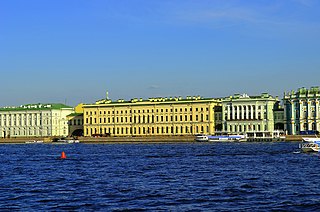
The State Hermitage Museum is a museum of art and culture in Saint Petersburg, Russia. It was founded in 1764 when Empress Catherine the Great acquired a collection of paintings from the Berlin merchant Johann Ernst Gotzkowsky. The museum celebrates the anniversary of its founding each year on 7 December, Saint Catherine's Day. It has been open to the public since 1852. The Art Newspaper ranked the museum 10th in their list of the most visited art museums, with 2,812,913 visitors in 2022.

Constant Anton Nieuwenhuys, better known as Constant, was a Dutch painter, sculptor, graphic artist, author and musician.
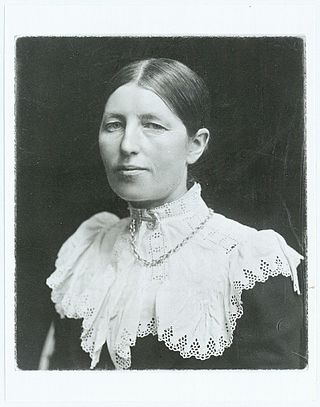
Anna Ancher was a Danish artist associated with the Skagen Painters, an artist colony on the northern point of Jylland, Denmark. She is considered to be one of Denmark's greatest visual artists.
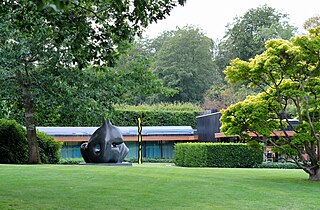
The Louisiana Museum of Modern Art, also known as just Louisiana is an art museum located on the shore of the Øresund Sound in Humlebæk, 35 km (22 mi) north of Copenhagen, Denmark. It is the most visited art museum in Denmark, and has an extensive permanent collection of modern and contemporary art, dating from World War II to the present day; in addition, it has a comprehensive programme of special exhibitions. The museum is also acknowledged as a milestone in modern Danish architecture, and is noted for its synthesis of art, architecture, and landscape, such as was showcased in an installation entitled "Riverbed" shown in 2014–2015. It has been called a "Danish beacon in the international art world." The museum occasionally also stages exhibitions of work by the great impressionists and expressionists, such as Claude Monet, who was the focus of a major exhibition in 1994. It has between 600,000–700,000 visitors per year, 17–33% of whom reside in nearby Sweden.

The ARoS Aarhus Kunstmuseum is an art museum in Aarhus, Denmark. The museum was established in 1859 and is the oldest public art museum in Denmark outside Copenhagen. On 7 April 2004, ARoS Aarhus Kunstmuseum opened with exhibitions in a brand new modern building, 10 stories tall with a total floor area of 20,700 m² and designed by Danish architects Schmidt Hammer Lassen. Today, ARoS is one of the largest art museums in Northern Europe with a total of 980,909 visitors in 2017.

The Kunstmuseum Liechtenstein is a state art museum in Vaduz, Liechtenstein. The building by the Swiss architects Meinrad Morger, Heinrich Degelo and Christian Kerez was completed in November 2000. The museum is a collection of international modern and contemporary art and also the national art collection of the Principality of Liechtenstein. In 2015, the new Hilti Art Foundation exhibition building was added to the Kunstmuseum.
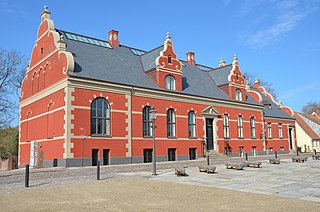
Ribe Kunstmuseum is an art museum in Ribe, Denmark.

The Kunstmuseum Basel houses the oldest public art collection in the world and is generally considered to be the most important museum of art in Switzerland. It is listed as a Swiss heritage site of national significance.

Kurt Trampedach was a Danish painter and sculptor.

KUNSTEN Museum of Modern Art is located in Aalborg, Denmark, on Kong Christians Allé near its junction with Vesterbro. Of a modern Scandinavian design, it was built between 1968 and 1972 by Finnish architects Elissa and Alvar Aalto and Danish architect Jean-Jacques Baruël. It was completed on 8 June 1972.

Museum Jorn, Silkeborg, is an art museum located by Gudenåen in Silkeborg, Denmark. The museum holds the collections that were developed by Asger Jorn (1914–1973) from the early 1950s until his death in 1973, since when they have doubled in extent.

Nuuk Art Museum is a local museum in Greenland, located in Nuuk, the capital. The museum contains a notable collection of paintings, watercolors, drawings, graphics, figures in soapstone, ivory, and wood, with many items collected by the businessman Svend Junge. Of particular note is a collection of over 150 paintings by Emanuel A. Petersen.
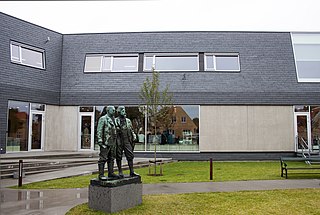
Skagens Museum is an art museum in Skagen, Denmark, that exhibits an extensive collection of works by members of the colony of Skagen Painters who lived and worked in the area in the late 19th and early 20th centuries. Important artists include Marie and P. S. Krøyer, Anna and Michael Ancher, Laurits Tuxen, Viggo Johansen, and Holger Drachmann. The museum also hosts special exhibitions. Its facilities include a café in the Garden House, an old building which for a while served as home residence and studio of Anna and Michael Ancher.

Randers Museum of Art is a Danish art museum in Randers in northeastern Jutland, Denmark. The museum is located in the cultural centre of Kulturhuset in the town centre and displays many of the major works of Danish painters, especially those of the 19th and 20th centuries.

The Esbjerg Art Museum is an independently owned art museum in Esbjerg in southwest Jutland, Denmark. Founded in 1910, in 1962 it moved into a new building in the City Park designed by Jytte og Ove Tapdrup. Since 1997, the museum has formed part of a complex which also contains the Esbjerg Performing Arts Centre.

Arne Haugen Sørensen is a Danish painter and illustrator. Since the 1980s, he has become one of Denmark's most productive religious artists, decorating over 25 churches.
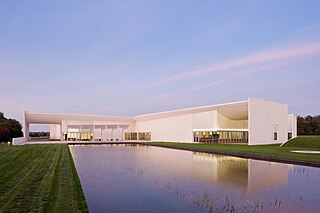
Heart: Herning Museum of Contemporary Art, formerly Herning Kunstmuseum, was founded in Herning, Denmark, in 1976. It opened in 1977 in Angligården, an old shirt factory designed by C. F. Møller. In 2009, it reopened in new premises designed by the American architect Steven Holl.
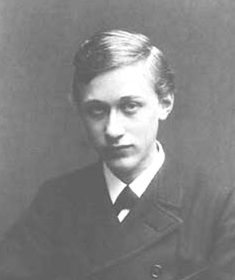
Oluf Hartmann was a Danish painter. Trained at the Royal Danish Academy of Fine Arts in Copenhagen, he showed his works at important exhibitions in the 1900s.




















